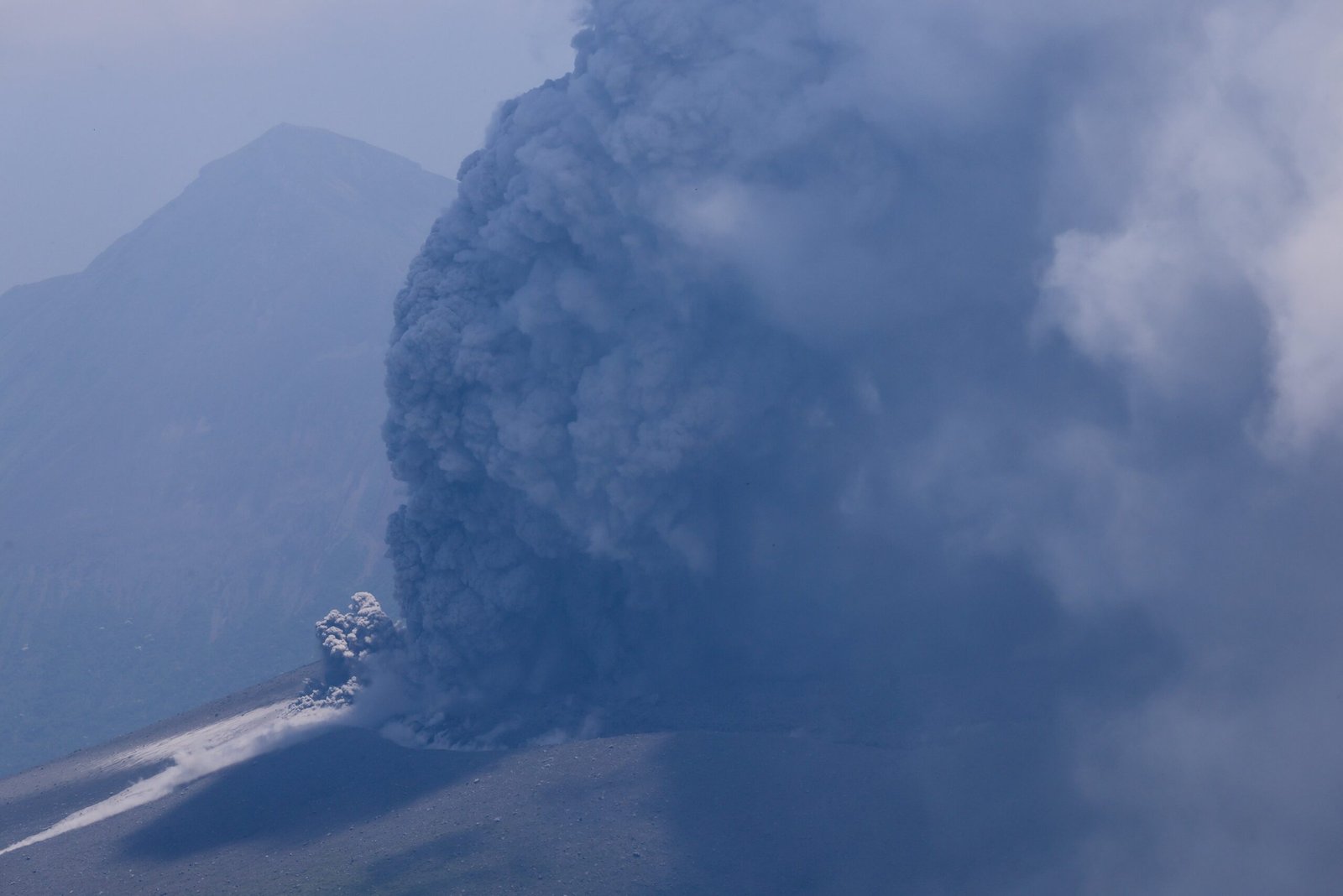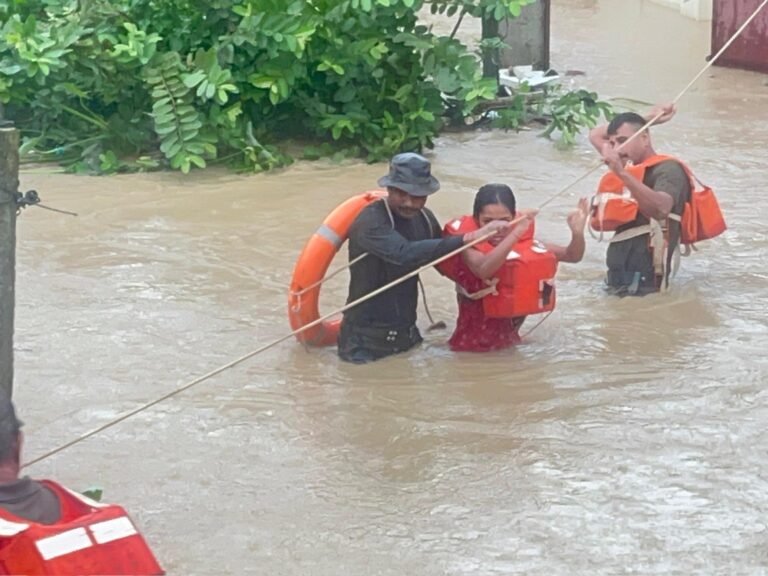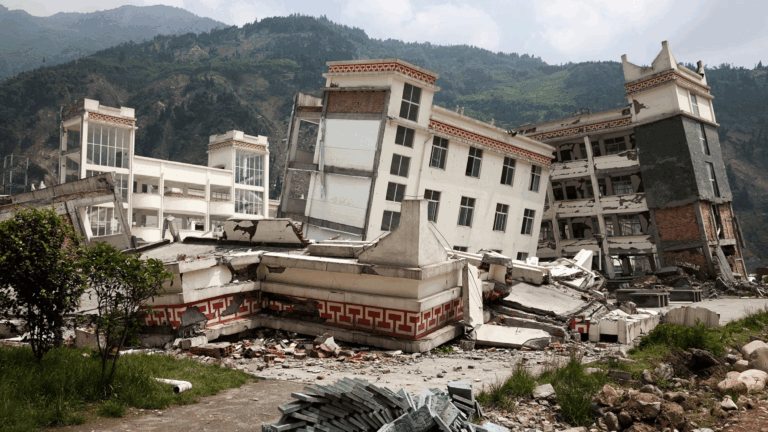The eruption generated significant ashfall affecting Miyazaki and Kagoshima prefectures, where local authorities issued advisories urging residents to stay indoors, wear protective masks, and cover water sources and vehicles.
ゴーッ バリバリ
(・∀・)こ、こわー! pic.twitter.com/Y1WR0zvDuM— トシ@YZF-R1M’19 (@TEAMDONRACING2) July 2, 2025
JMA elevated the volcanic alert level to 3 (entry restrictions) on June 27 due to increased volcanic earthquakes, ground deformation, and elevated sulfur dioxide emissions reaching approximately 4 000 t/day after a smaller eruption on June 22 — the first since 2018, which produced an ash plume up to 500 m (1 640 feet).
A mandatory exclusion zone of 3 km (1.8 miles) radius around the summit crater is enforced to prevent injuries from potential volcanic bombs, ashfall, and pyroclastic flows.
At a government volcano research committee meeting on July 2, experts reported large emissions of volcanic gases and signs of underground swelling at Shinmoedake, but found no evidence of new magma eruption. The committee agreed that the situation does not warrant an emergency meeting. Shimizu Hiroshi, head of the committee, stated that while the current activity is not a magma eruption, the possibility cannot be ruled out and careful monitoring is required to assess further developments.
This afternoon: A powerful eruption occurred at Mount Kirishima’s Shinmoedake crater at 1:49 PM (local time).
Volcanic smoke rose an estimated 5,000 meters into the sky. Ongoing activity continues to be closely monitored.( July 03, 2025)
📍 Shinmoedake, Kyushu, Japan pic.twitter.com/B1SjPXNmIV
— Weather Monitor (@WeatherMonitors) July 3, 2025
Historical records show this eruption is moderate compared to previous events. Shinmoedake’s eruption in 2011 produced ash plumes up to 9 km (29 500 feet), causing evacuations and flight disruptions. The 2018 activity was also significant but less intense than the 2011 event. Source: watchers




